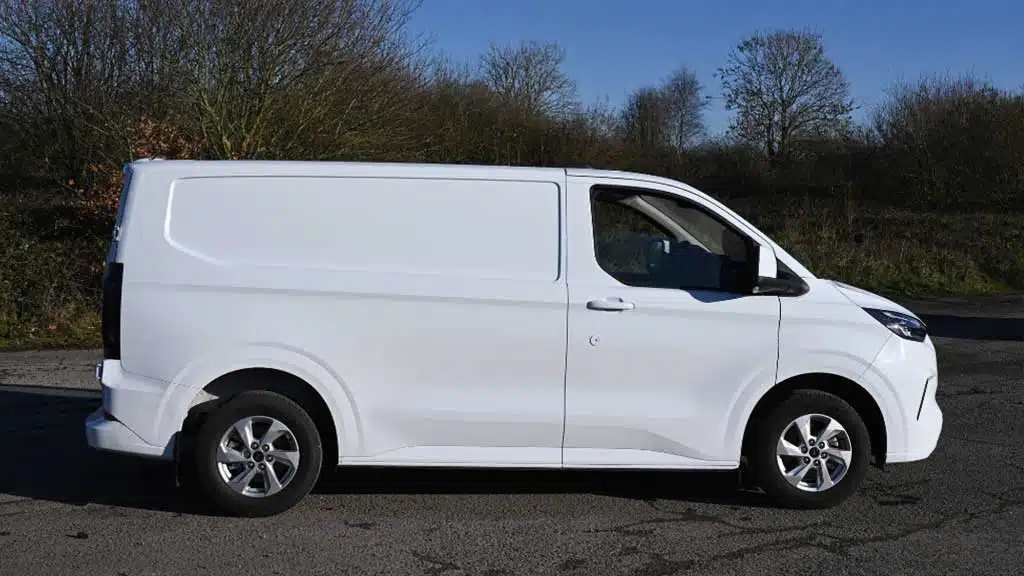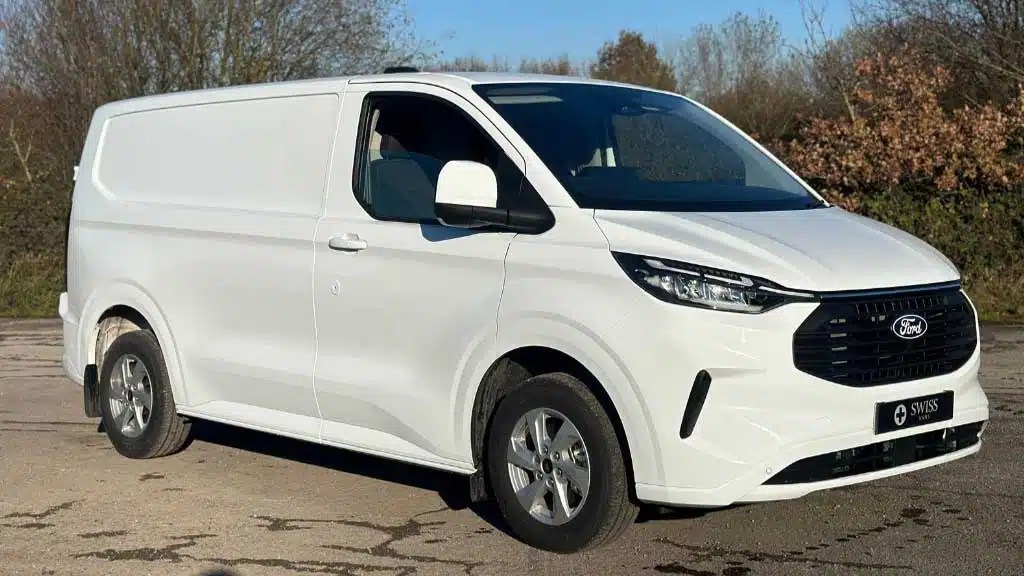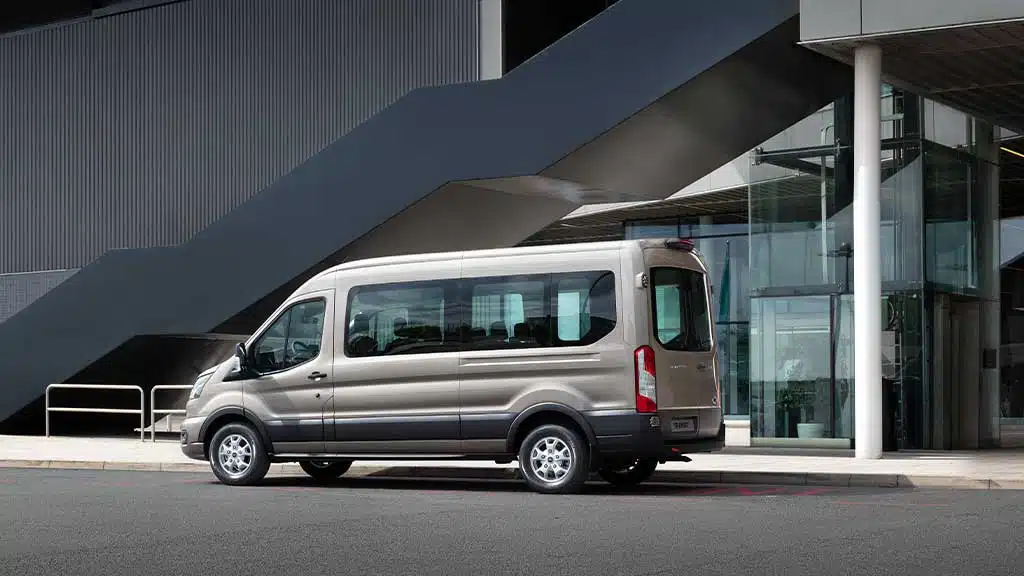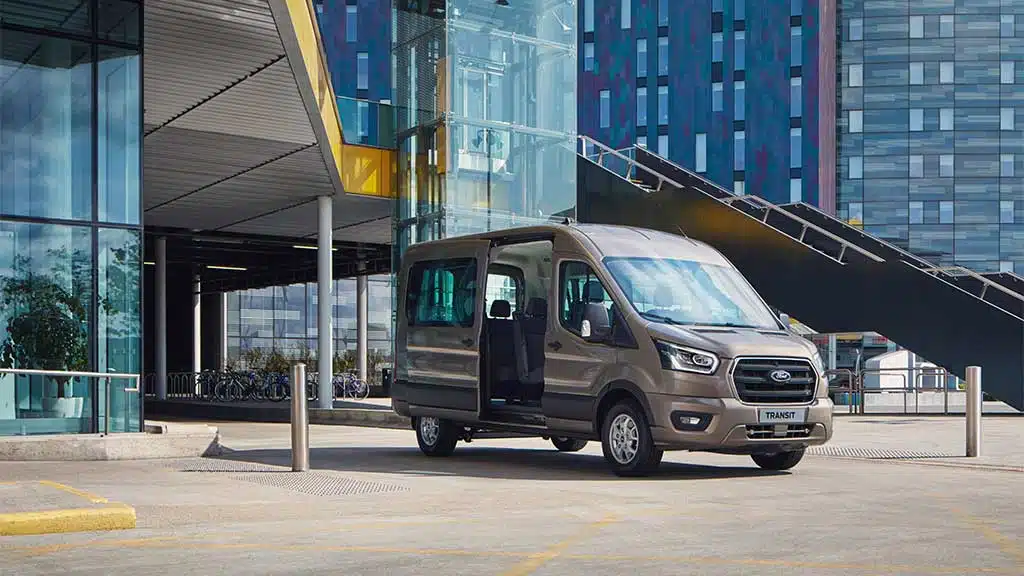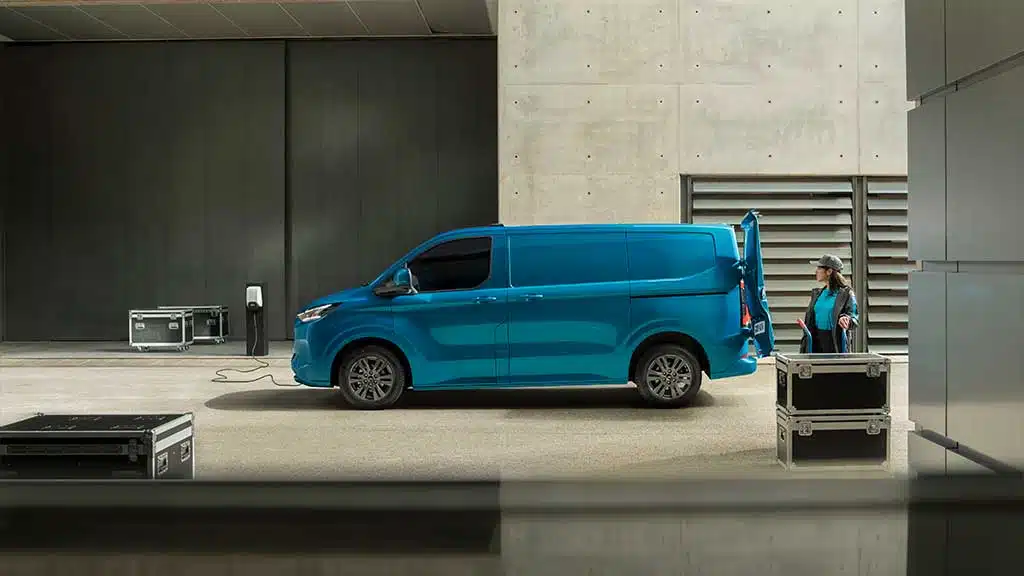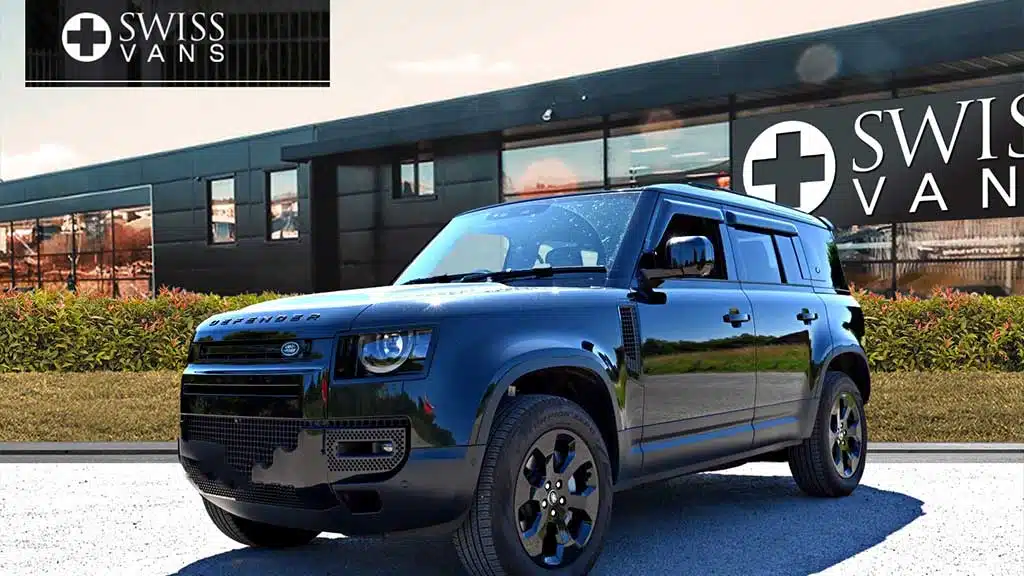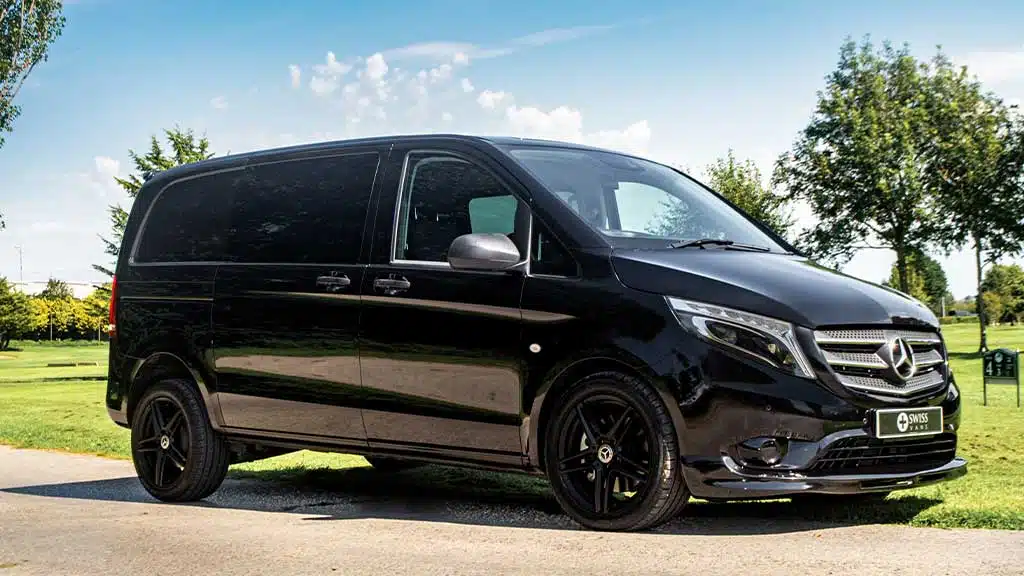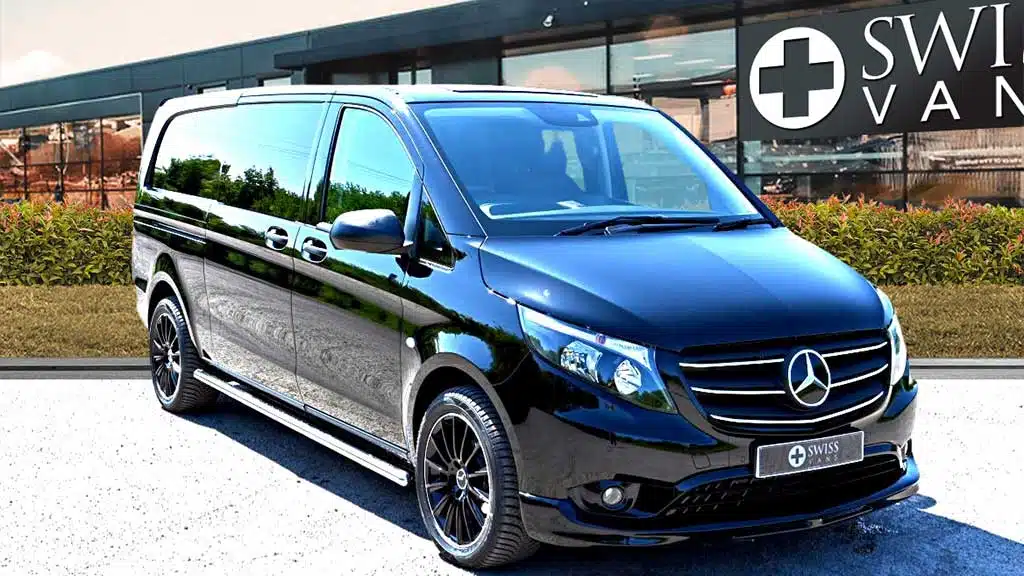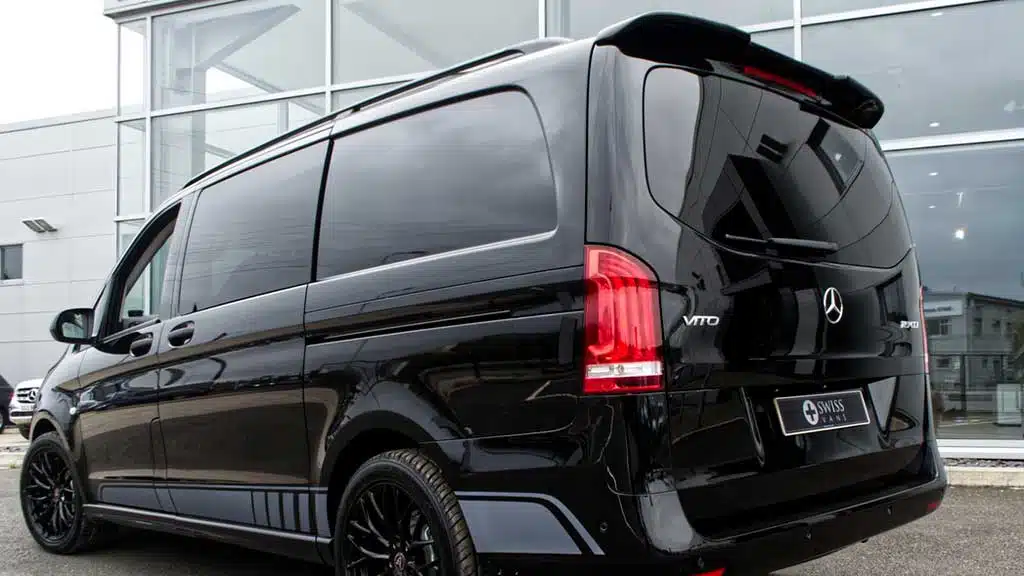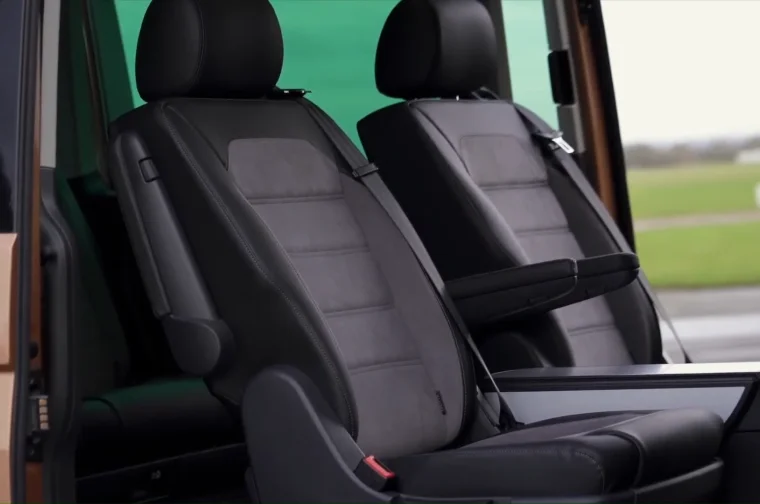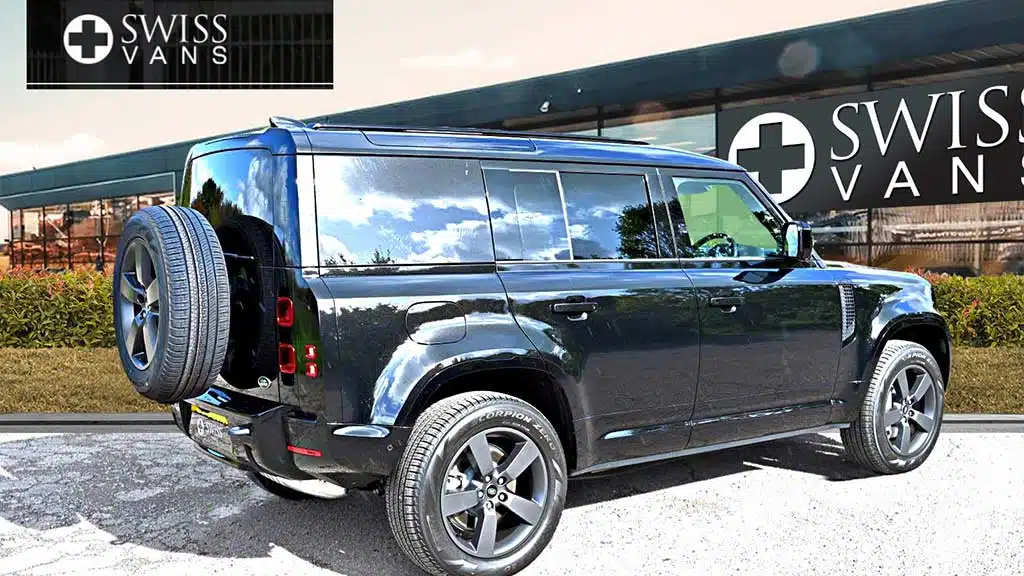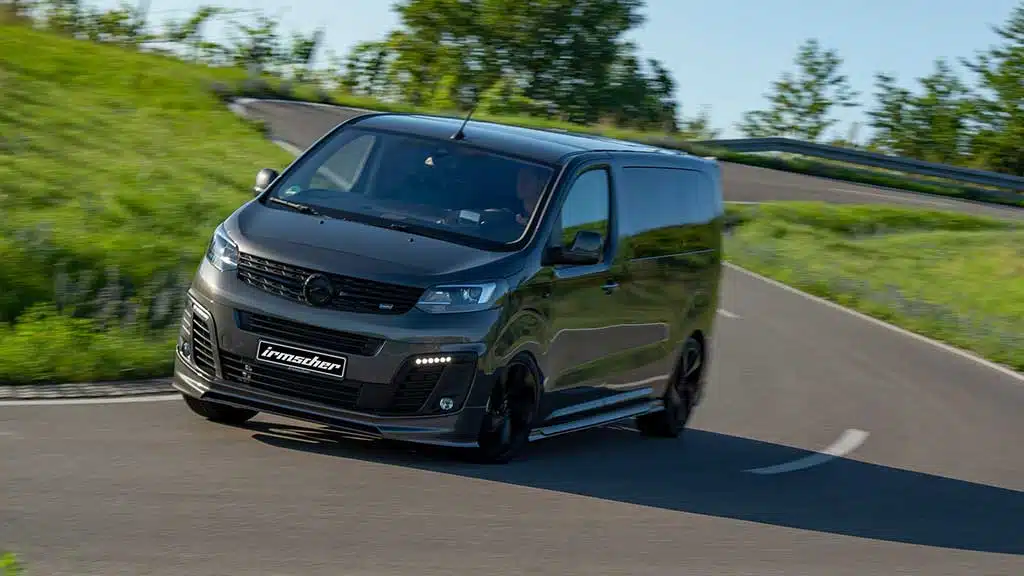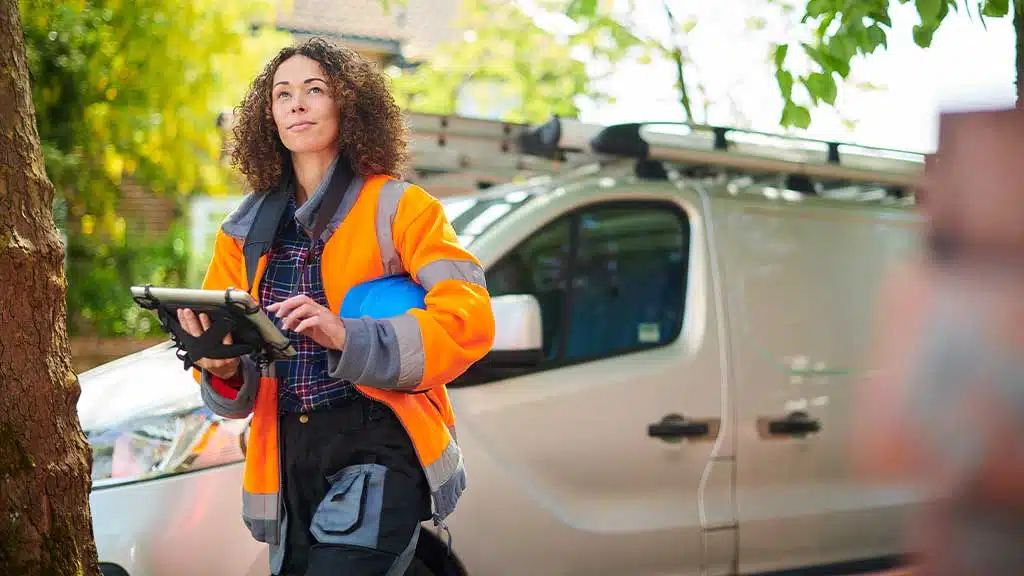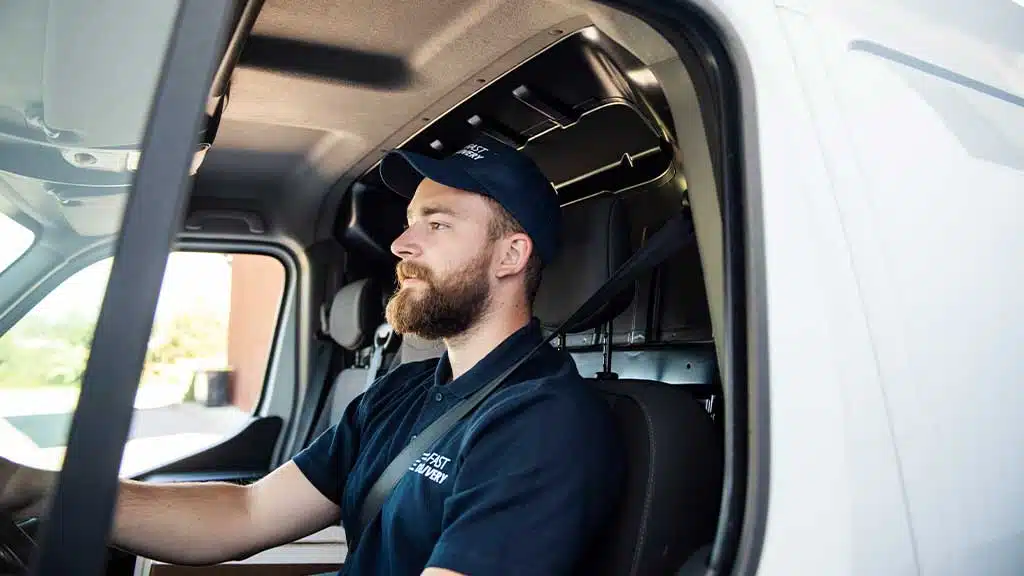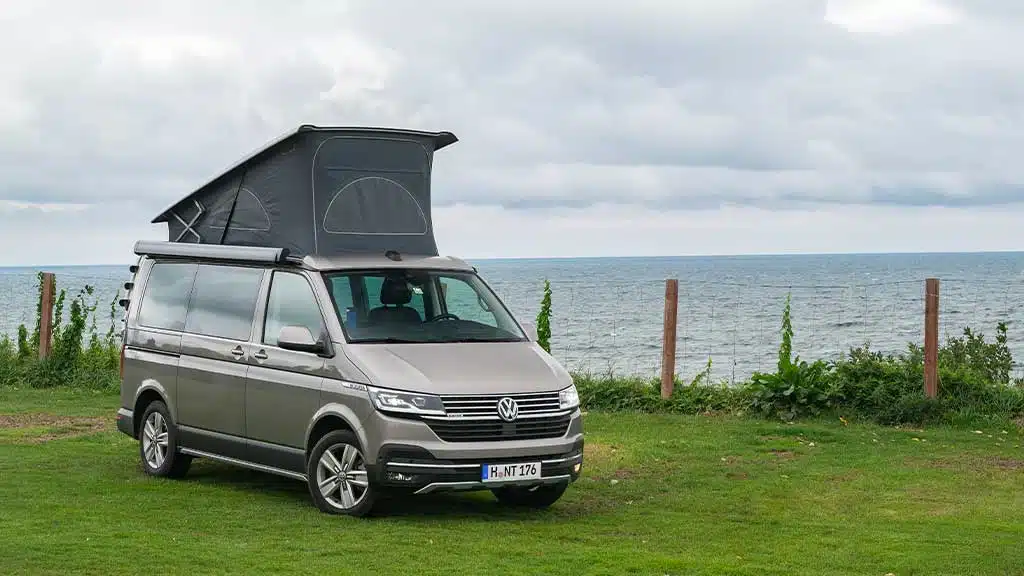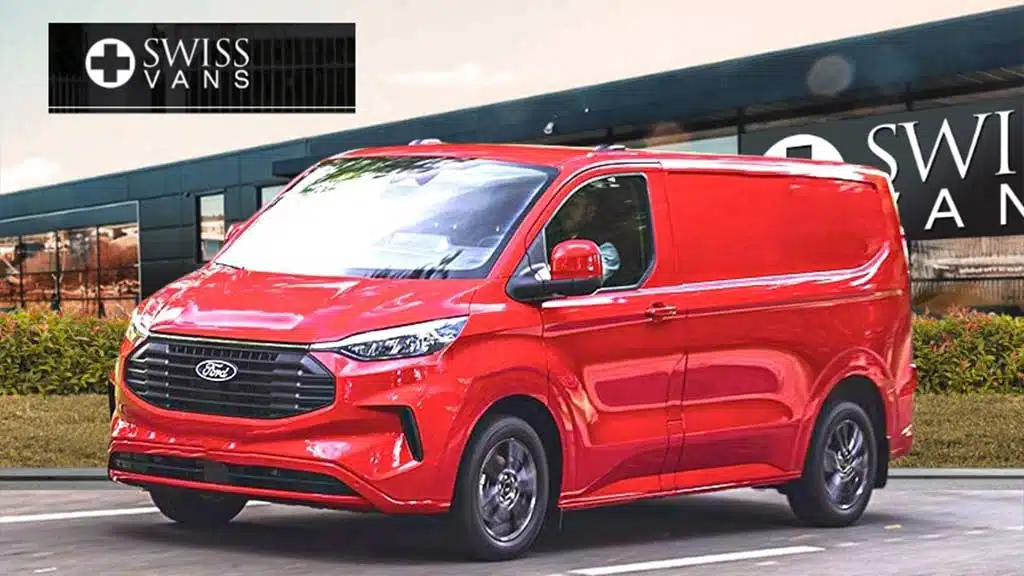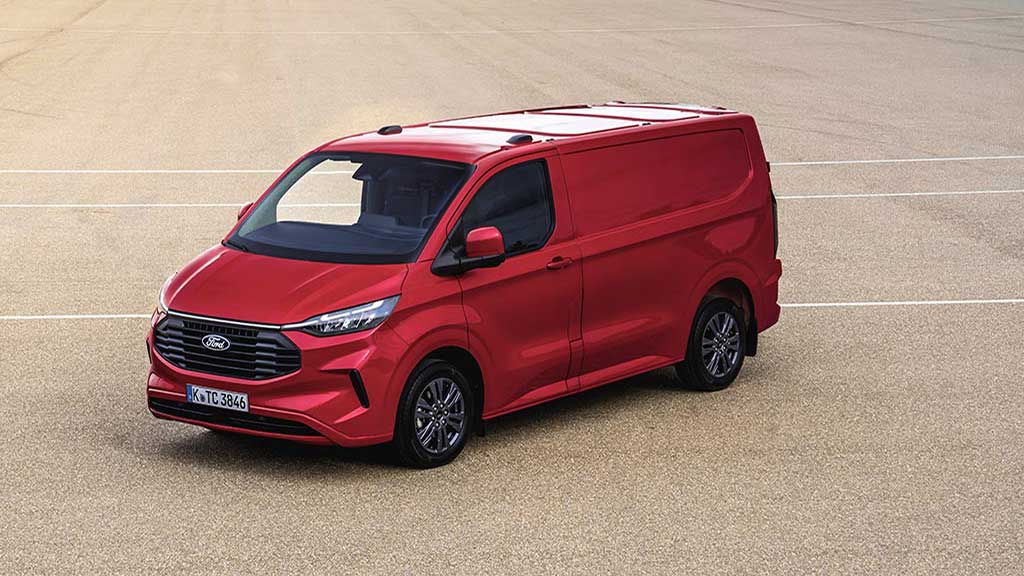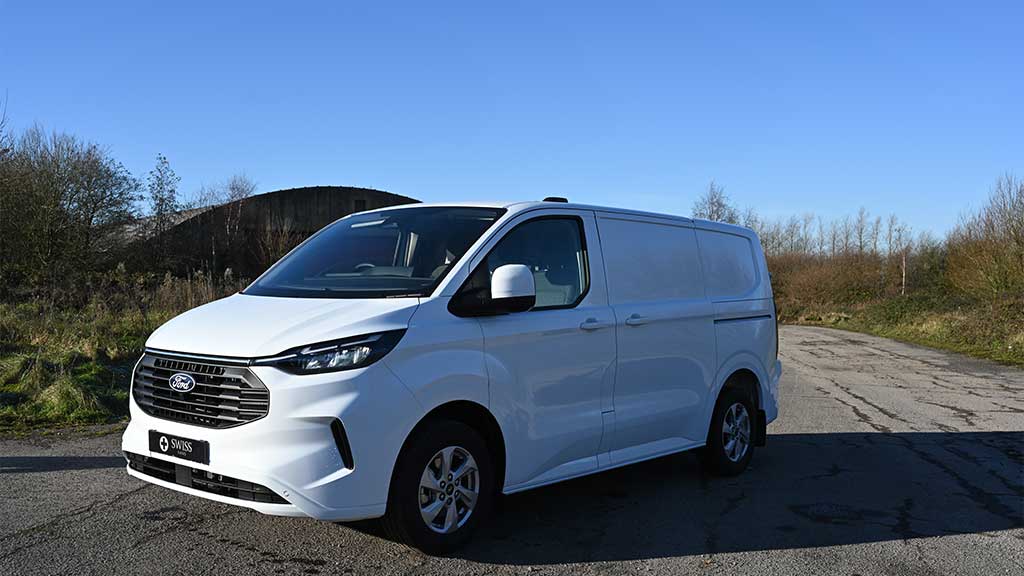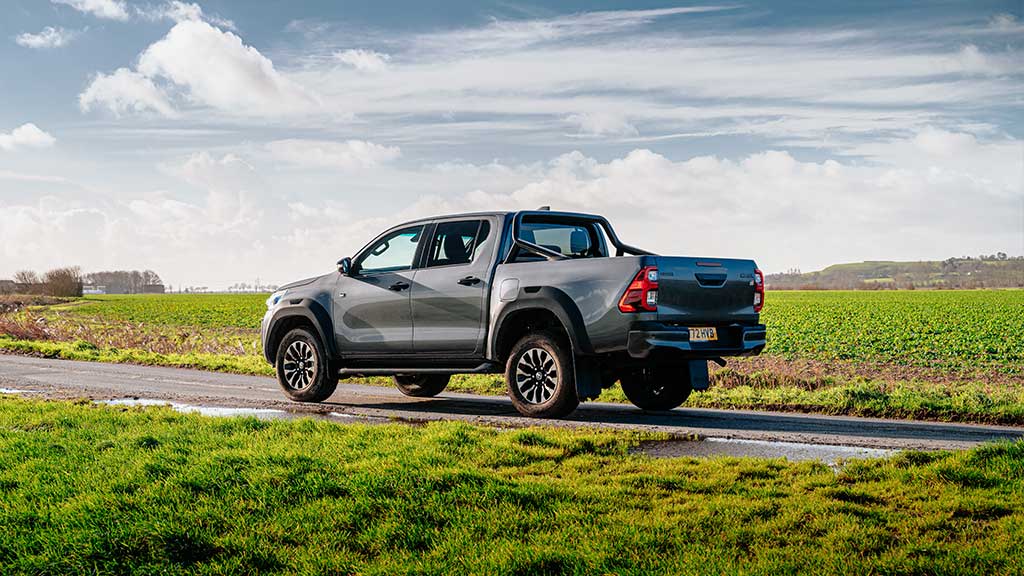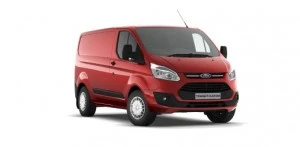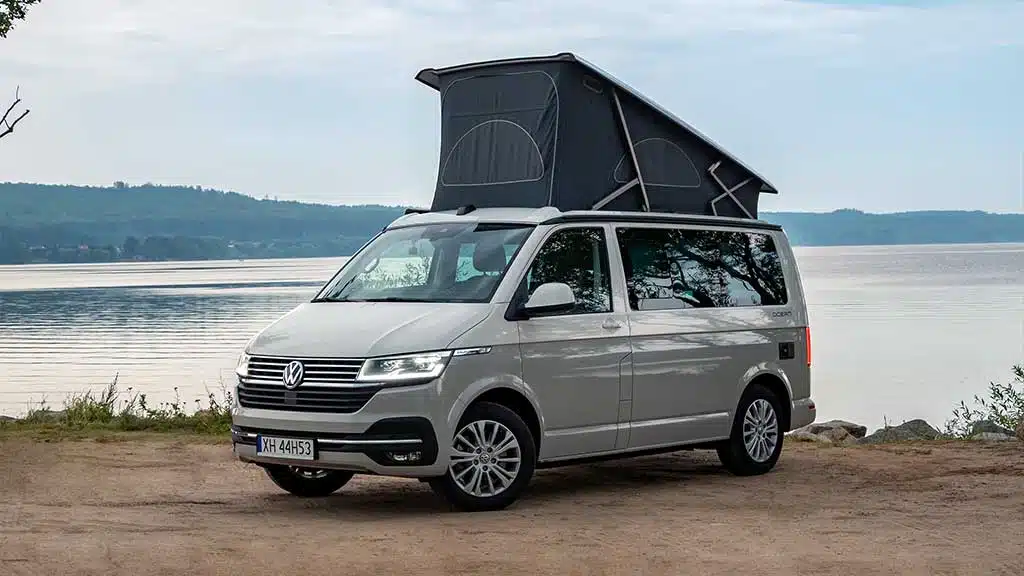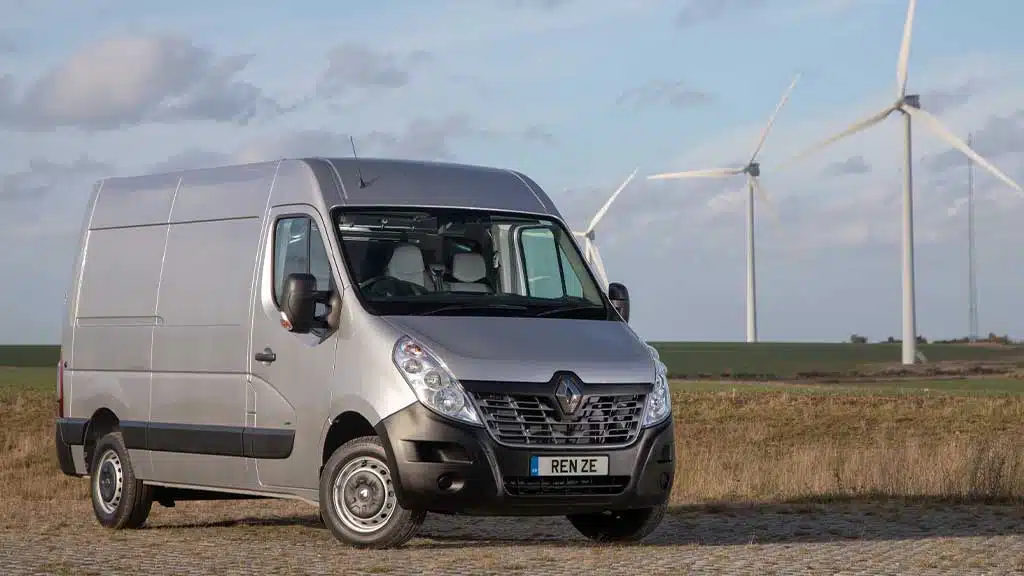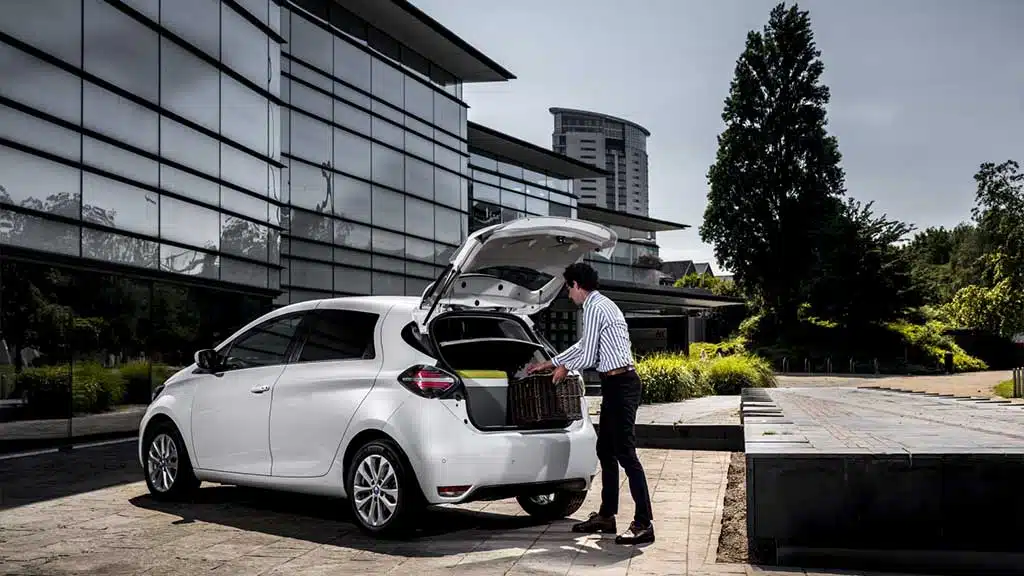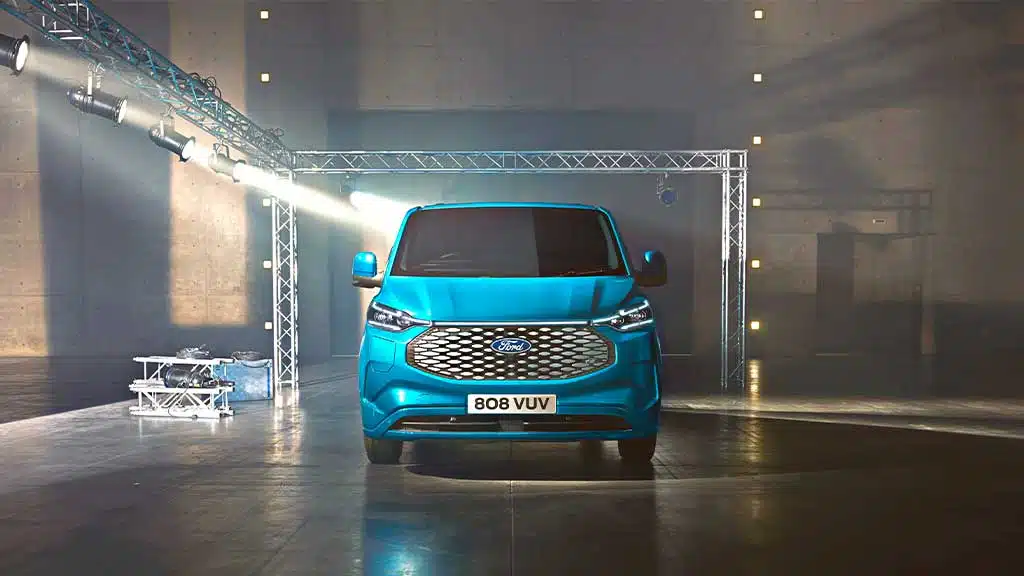You’re a skilled compact saloon driver but wondering what goes into driving a van for the first time? It’s perfectly normal to feel a bit nervous to get behind the wheel of a bigger vehicle if it’s your first time. Even though the experience can be exciting yet slightly intimidating, there’s nothing to worry about.
Vans such as a Ford Transit are bigger compared to a compact saloon like Volkswagen Golf. They come with different handling features that can be perplexing for first-timers. But with a few tips for driving a long-wheelbase van, you can grasp how to drive any van with ease.
Pre-Driving Check – What You Must Have To Drive A Van In The UK
Before the idea of driving a van crosses your mind, you need to ensure your driving license allows you to do so. A standard car driving license, Category B, permits you to legally be behind the wheel of a van. However, this may vary depending on different specific requirements based on the van usage and weight.
Here’s a reminder of the driving license requirements for anyone planning on driving a van for the first time:
- Age restrictions: anyone driving a van with a gross vehicle weight (GVW) of 3,500 kg must be 17 years or older.
- Over 3.5 tonnes GVW requirement: if you’ll be driving a delivery van with more than 3,500 kg GVW, you will need additional licenses. These include Category C1 or a combination of Category C1 and E. These will require you to undergo additional tests and qualifications.
- License Validity: Your license must be a valid driving license issued by the Driver and Vehicle Licensing Agency (DVLA). Valid licenses issued by other countries in the European Economic Area (EEA) are also allowed.
- Vehicle-specific requirements: some vans such as the Mercedes-Benz Sprinter are larger and often require a Certificate of Professional Competence (CPC). Although bigger than regular vans, with tips for driving a Sprinter van, it shouldn’t be hard to drive one.
Other requirements include insurance. Ensure that the van you will be driving has proper insurance for use.
Drive A Van for Beginners – The Actual Driving Action
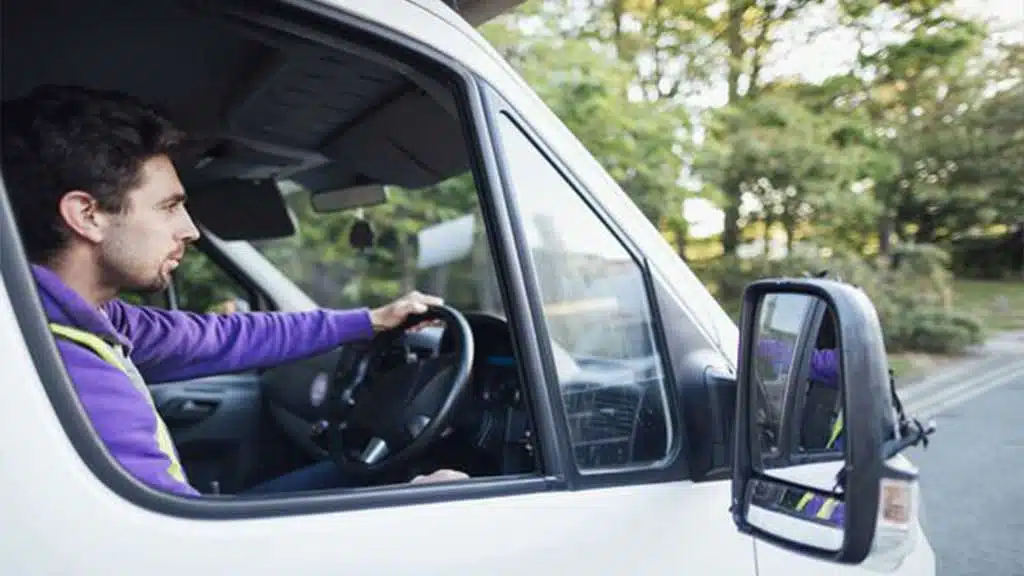
So, we’ve prepped you with what you need to legally drive a van in the UK. Without further ado, let’s get you into the real action! Driving a van for the first time feels odd. That’s because it’s bigger with an unwieldy look and you’ll need to watch out for many other road users.
How Hard Is It to Drive a Van?
Driving a van harder than a car? That’s the first concern for every first-timer. Luckily, modern vans have a similar drive feel to cars. So, there’s nothing to worry about. From a practical perspective, whether the van has an automatic or manual shift, the act of driving isn’t any different from that of a compact saloon. The gear stick, pedals, steering wheel, and everything else are in the same spot.
But you have to be aware of a couple of things when behind the wheel of a van. It all boils down to the size. Some essential tips for driving a Sprinter van include finding larger parking spaces and negotiating corners much slower while making a wider curve.
If behind the wheel of a smaller van, everything is much similar to a small saloon car, so you’ll be right at home.
Master The Size of The Van
For anyone used to driving a compact saloon car, the biggest worry while driving a van is not hitting other cars on the road. So, it makes sense to first mark the size of the van and understand how much space the van can occupy, be it in the parking or on the road.
- Determine the van’s dimensions to know how much space the vehicle needs while driving.
- Find out whether you will be driving a long wheelbase or a standard-length version. The standard-length vans share similar wheel spacing with compact saloon cars. The long wheelbase, on the other hand, has a slightly longer distance between the wheels. All this information will be crucial when turning corners in a van, so pay attention to it.
- Determine the height of the van as this is crucial when entering car parks with height limitations.
- Master the width of the van so you don’t choose a parking spot that’s too small for it.

By mastering the van’s size, you’ll escape troublesome situations that can potentially damage the van and other vehicles.
Check Out the Van’s Interior and Controls
It’s time you take a look at the van’s interior and check out the gizmos that the vehicle has to offer. The number of gadgets you’ll be dealing with is slightly more, which calls for the need to acclimatise yourself to them.
The steering wheel of a modern van has lots of controls. Then there are stalks, climate controls, infotainment screens, and more. Ensure you know the controls and how to operate them correctly before setting off on the road. These are key prerequisites for driving a van for beginners.
Knowing where the controls are and what they do is crucial for your safety on the road. Think of the danger you could expose yourself to when you look away to find the light controls while driving at 60kph.
Be Mindful of Blind Spots and Your Visibility
The large size and design of a van create a larger blind spot compared to compact saloon cars. For that reason, always be aware of these blind spots and take extra care not to compromise your visibility.
- Adjust mirrors properly: ensure your side mirrors are in the right position to maximise your vision. Also, note that you are going to drive a van without a rear-view mirror because they don’t have one. So, it won’t be possible to crane your neck to view your blind spot.
Luckily, most vans come with larger door mirrors integrated with secondary mirrors for small blind spots on each side. Some modern vans come with blind-spot detection systems that alert you when something gets into your blind spots. Examples include Mercedes-Benz Sprinter, Volkswagen Crafter, Ford Transit, and Renault Master.
- Set door mirrors to be in sync with the height of your seat. Ensure that you have a proper view of the blind spots all around the van.
- While behind the wheel, have someone strategically walk around the van as you monitor them. Take note of when they vanish out of sight to help you note the position of the blind spots and adjust the mirrors accordingly.
- Reversing a van tip: Install additional mirrors and cameras. Most vans don’t have rear-view mirrors so a camera can still do the job right. Rear-view cameras will give you a clearer rear view.
Monitor Your Driving Speed

Driving a van for the first time can be overwhelming as well as exciting. A little adrenaline rush can make you drive faster than you normally do. So, ensure you are calm while behind the wheel as it will make you a better driver. Don’t rush as it won’t get you to your destination faster but may probably expose you and other road users to speeding dangers.
While behind the wheel of a van before you are conversant with it, always be vigilant of speed. Light commercial vehicles and vans must strictly adhere to speed limits, which is why you must know them.
- Vans that weigh 3.5 tonnes should strictly follow the national speed limits. That means that on single carriageways, your speed should be 96kph or 80kph for larger towing trailers.
- On dual carriageways, vans should maintain a speed limit of 112kph, although it may be even lower in specific regions during certain conditions such as fogginess.
- Variable speed limits are applicable in some areas such as smart motorways. These limits are also in effect during heavy traffic or inclement weather.
As a general rule of thumb, your speed while driving a van should be at least 15kph lower than that when driving a car.
Handling the Parking Menace
The bit that is dreary when driving a van for the first time is parking. Can you recall when you were first learning to park a car? Now, envision yourself in the same scenario, but with a little more skill than when you were a novice.
When parking the van, go for spaces that are easy to enter and exit. If you are parallel parking, ensure there is plenty of room for manoeuvres. Here are some essential tips to help you when parking a van:
- Reversing a van tip: you shouldn’t strain yourself to reverse park every time unless you must. When reverse parking a van, ensure the space you’re entering is clear with plenty of space to manoeuvre.
- Where possible, use driving aids like cameras and parking sensors to make your work easier. You can also ask passers-by to watch out for you while you reverse.
- Gently step on the peddle. No need for speed when parking.
- Take note of your sides and rear view before reversing.
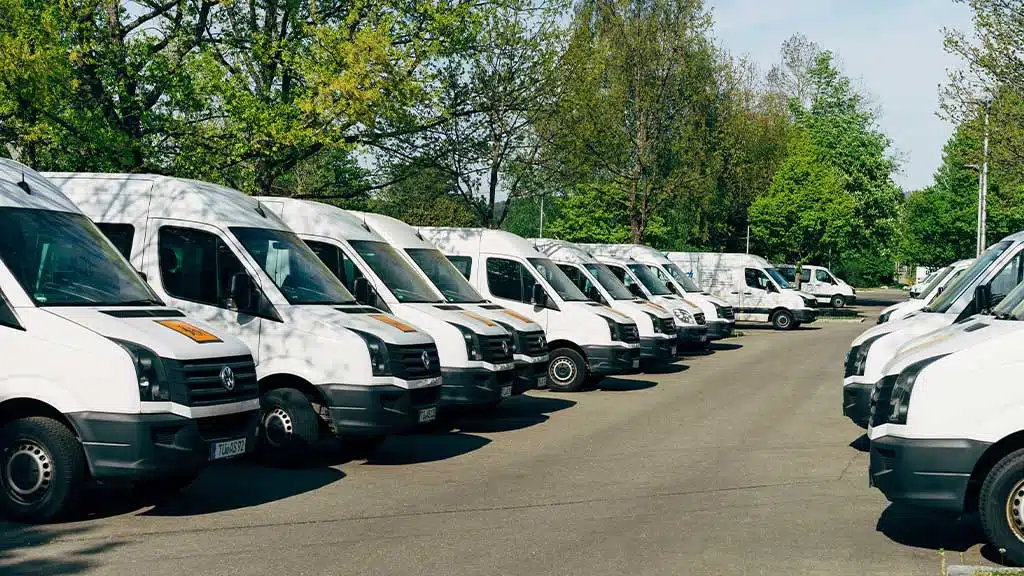
When reversing at a lower speed, the damage won’t be serious if you accidentally hit a barrier or a nearby vehicle.
Summary
Driving a van for the first time is an exciting experience, which if done with care and preparation should be easy and fun. While a van may seem bigger and unwieldy compared to a small car, it shouldn’t trouble you much to drive it for the first time. Just ensure that you are well aware of its size, know the blind spots, monitor your driving speed, and reverse with caution.
As time goes by, you’ll find it much easier as your confidence level grows. So, whether planning to launch your business or moving, knowing how to drive a van will come in handy.



